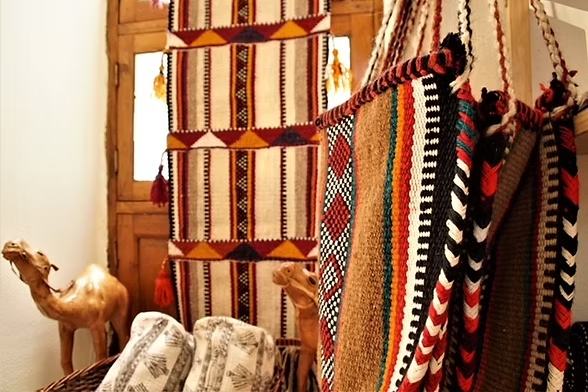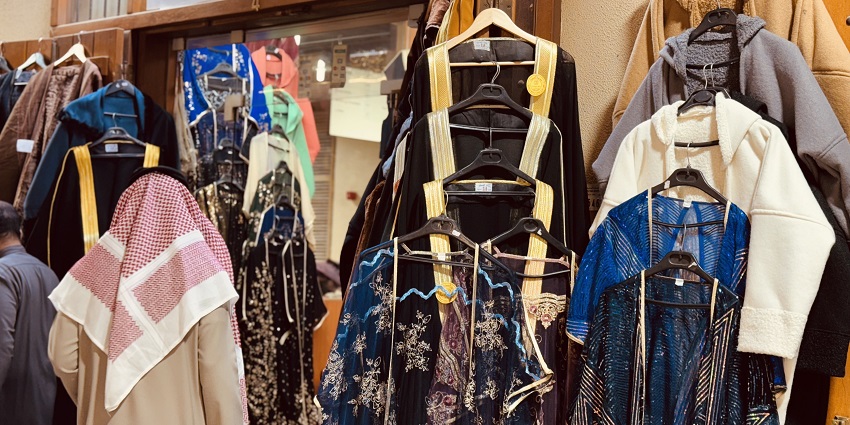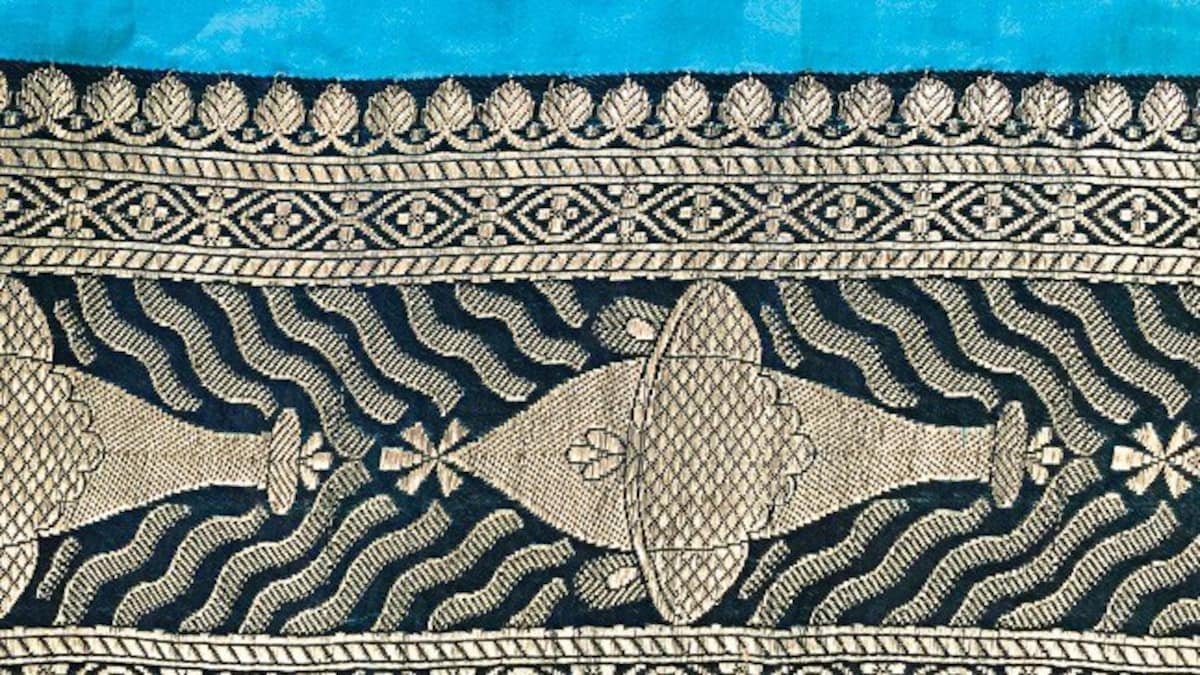Kuwaiti Textile Heritage
Kuwait’s rich cultural heritage is woven not only into its history but also into the very fabrics created by its skilled artisans. Handwoven textiles from Kuwait are more than materials; they are vibrant expressions of identity, craftsmanship, and tradition. Each thread tells a story of the community, the land, and the generations of artisans who have dedicated their lives to preserving this beautiful art form.
In a modern era dominated by mass production and synthetic materials, Kuwaiti handwoven fabrics stand as a symbol of authenticity. Their intricate designs, rich colors, and painstaking craftsmanship showcase the dedication that goes into every piece. Exploring these textiles offers not just a glimpse into Kuwait’s artistic history but also an opportunity to appreciate the resilience of cultural preservation in a rapidly changing world.
Historical Roots of Kuwaiti Weaving
The history of textile art in Kuwait stretches back centuries. The region, with its strategic position on the trade routes of the Arabian Gulf, became a hub for cultural exchange. Merchants and travelers introduced new materials, techniques, and motifs, which local artisans adapted and refined into a uniquely Kuwaiti style.
Traditional weaving in Kuwait was primarily a domestic activity, passed from mother to daughter, ensuring the continuity of techniques and patterns. Women played a central role in the creation of fabrics, often using locally sourced cotton, wool, and silk. These handwoven materials were used for everyday garments, ceremonial attire, and home decoration, reflecting the values, aspirations, and social identities of the people.
Materials and Techniques
Kuwaiti artisans employ a range of natural fibers in their handwoven fabrics, including cotton, silk, wool, and occasionally camel hair. Each material has its own unique qualities, lending texture, warmth, and durability to the finished fabric. Cotton, for example, is prized for its softness and breathability, while silk adds a luxurious sheen and fluidity to garments.
The weaving techniques are diverse and intricate. Artisans use looms that require precise coordination and attention to detail. Patterns are often geometric or floral, reflecting a blend of Islamic art influences and local aesthetic traditions. Each weave can take days, weeks, or even months to complete, depending on the complexity and size of the fabric. The patience, precision, and creativity involved in this process highlight the profound skill of Kuwaiti weavers.

Cultural Significance of Patterns and Designs
Every pattern woven into Kuwaiti textiles carries cultural meaning. Geometric designs may represent balance and harmony, while motifs inspired by nature reflect the environment and the deep connection between the people and their surroundings. Colors are carefully chosen, not only for aesthetic appeal but also for symbolism. Vibrant reds, deep blues, and golden yellows often signify joy, prosperity, and social status.
Textiles also play an important role in Kuwaiti ceremonies and celebrations. From weddings to religious festivals, handwoven fabrics are incorporated into traditional attire and home decorations. They serve as tangible reminders of heritage, family, and community bonds. Each piece is a living connection to the past, a celebration of Kuwaiti identity, and a testament to the enduring power of art in daily life.
Contemporary Kuwaiti Textile Art
While rooted in tradition, Kuwaiti textile art has not remained static. Contemporary artists and designers have embraced traditional weaving techniques while experimenting with new materials, forms, and applications. Modern interpretations of handwoven fabrics appear in fashion, interior design, and even visual art installations, bridging the gap between past and present.
Innovations in color combinations, textures, and patterns have breathed new life into this art form. Designers are blending global influences with traditional motifs to create textiles that appeal to both local and international audiences. This evolution demonstrates that while traditions are preserved, creativity and experimentation are equally celebrated in Kuwaiti textile art.

Challenges and Preservation Efforts
Despite its beauty and cultural significance, Kuwaiti handwoven fabrics face challenges. Industrialization, changing consumer preferences, and the availability of cheaper, machine-made textiles threaten the sustainability of traditional weaving practices. Younger generations may be less inclined to learn the meticulous skills required, which could lead to a gradual decline in the number of skilled artisans.
To counter these challenges, preservation initiatives have emerged. Cultural organizations, government programs, and private institutions are actively promoting the study, practice, and appreciation of traditional textile art. Exhibitions, workshops, and community programs help raise awareness of the importance of handwoven fabrics. By supporting artisans and encouraging younger generations to engage with the craft, Kuwait is ensuring that its textile heritage continues to thrive.
The Global Appreciation of Kuwaiti Textiles
Kuwaiti handwoven fabrics have garnered attention beyond national borders. International exhibitions and cultural exchange programs have introduced global audiences to the beauty and intricacy of these textiles. Collectors, designers, and art enthusiasts are increasingly recognizing their artistic and cultural value.
This global appreciation not only helps preserve the craft but also creates opportunities for economic empowerment. Artisans can reach wider markets, share their stories, and sustain their livelihoods while maintaining the authenticity of their work. The success of Kuwaiti textiles on the world stage reflects the universal appeal of skilled craftsmanship and the emotional resonance of cultural storytelling through fabric.
Personal Stories of Artisans
Behind every handwoven textile is a personal story. Many Kuwaiti artisans have devoted their lives to mastering their craft, often starting from childhood under the guidance of family members. Their work is a reflection of their identity, values, and dedication to preserving cultural heritage.
These artisans often express pride in their creations, knowing that each fabric carries the weight of history and the hopes of future generations. For them, weaving is not just a job but a form of communication, a way to connect with the world and leave a lasting mark. Their stories remind us that art is deeply human, rooted in patience, passion, and a profound love for tradition.
The Future of Kuwaiti Handwoven Fabrics
The future of Kuwaiti textile art holds great promise. With increased interest from younger generations, coupled with support from cultural institutions, there is potential for a renaissance in traditional weaving. Technology can also play a role, allowing artisans to document techniques, share knowledge online, and reach international markets without compromising the handwoven essence of their work.
Collaboration between traditional artisans and contemporary designers can lead to innovative creations that honor the past while embracing the future. This synergy ensures that Kuwaiti handwoven fabrics remain relevant, cherished, and celebrated for generations to come.
Conclusion
Exploring Kuwaiti handwoven fabrics is a journey into the heart of the nation’s culture, artistry, and heritage. Each textile is a testament to the skill, patience, and creativity of the artisans who bring it to life. From historical roots to contemporary innovation, these fabrics are living symbols of identity, pride, and continuity.
By appreciating and supporting Kuwaiti textile art, we not only preserve a treasured cultural legacy but also celebrate the timeless beauty and profound humanity embedded in every thread. These fabrics remind us that true art is not only seen but felt, and that the stories woven into textiles are as rich and enduring as the threads themselves.
Do follow Gulf Magazine on Instagram.
Also Read – The Role of Museums in Preserving Kuwait’s Rich Cultural Heritage



